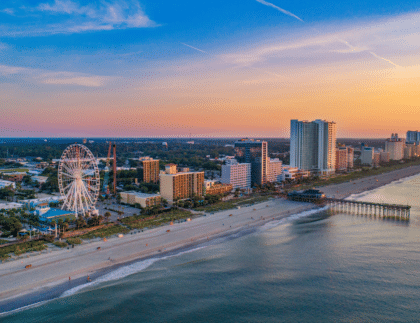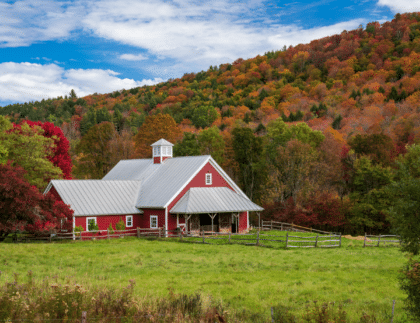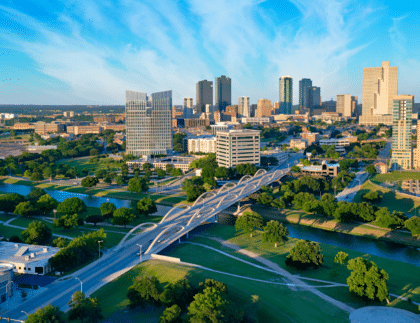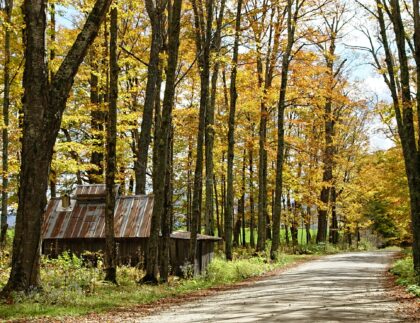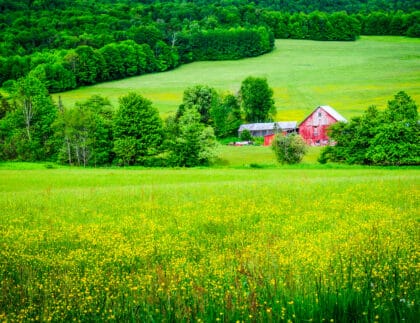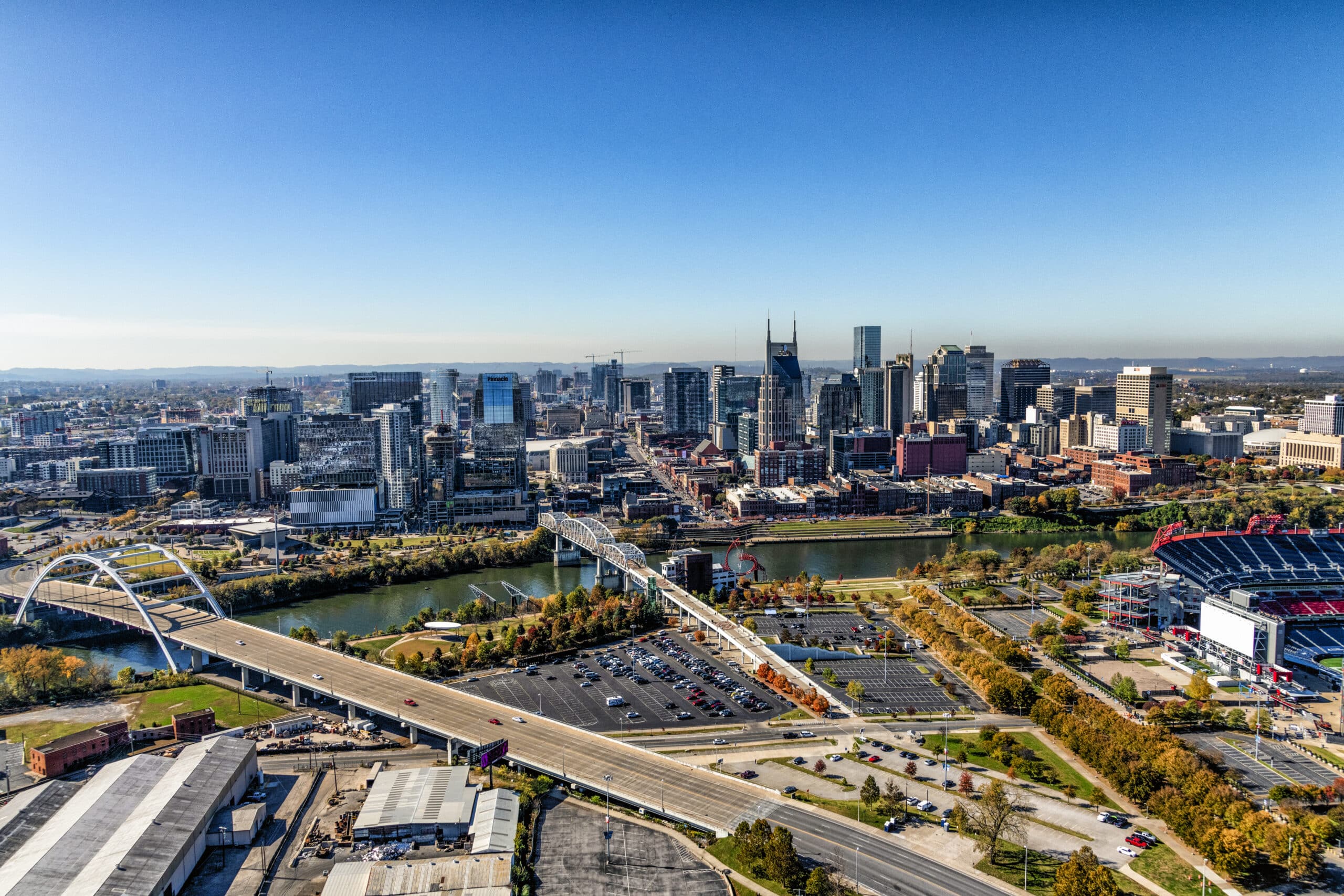
By Chris Bayee
The word is out on Tennessee.
Our 16th state, once known mainly for its music, a prominent role in the Civil War, and its whiskey, has grown nearly 23 percent since the start of the 21st Century.
Resiliency is in the state’s DNA. It saw the second-most fighting during the Civil War, and much of its property and population was destroyed. But it has staged a big comeback.
People have moved to the Volunteer State in droves for a variety of reasons, pushing its population close to 7 million. Here are an elite eight of the biggest ones:
Low cost of living and a healthy economy
U.S. News and World Report ranks Tennessee’s economy 16th nationally. One underlying reason for that is its affordability; the cost of living index is 86.2 (on a scale where 100 is the national average) despite a surge in home prices. The median home price rose nearly 15 percent from July 2021 to the same month in 2022. Still, the median home price hovered around 382,000, which tracks almost exactly with the national number. And there are plenty of homes for sale. The vacancy rates in the state have averaged between 8-10 percent. Property and sales taxes are low, yet the state’s physical infrastructure as measured by roads deemed in poor condition (only 5 percent vs. 19 percent nationally) is excellent.
Plenty of job opportunities
Another key driver for Tennessee’s strong economic rating is its excellent job growth (2.8 percent annually vs. 1.4 percent for the United States). The state was primarily an agricultural hub until 1940, then textile and iron manufacturing became more prominent because of World War II and the construction of hydroelectric dams and power plants by the Tennessee Valley Authority. In the past 20 years, the service industry – spearheaded by tourism – has been the biggest driver of job growth, but manufacturing, particularly of automobiles, and healthcare also have expanded at rapid clips.
Plenty of space
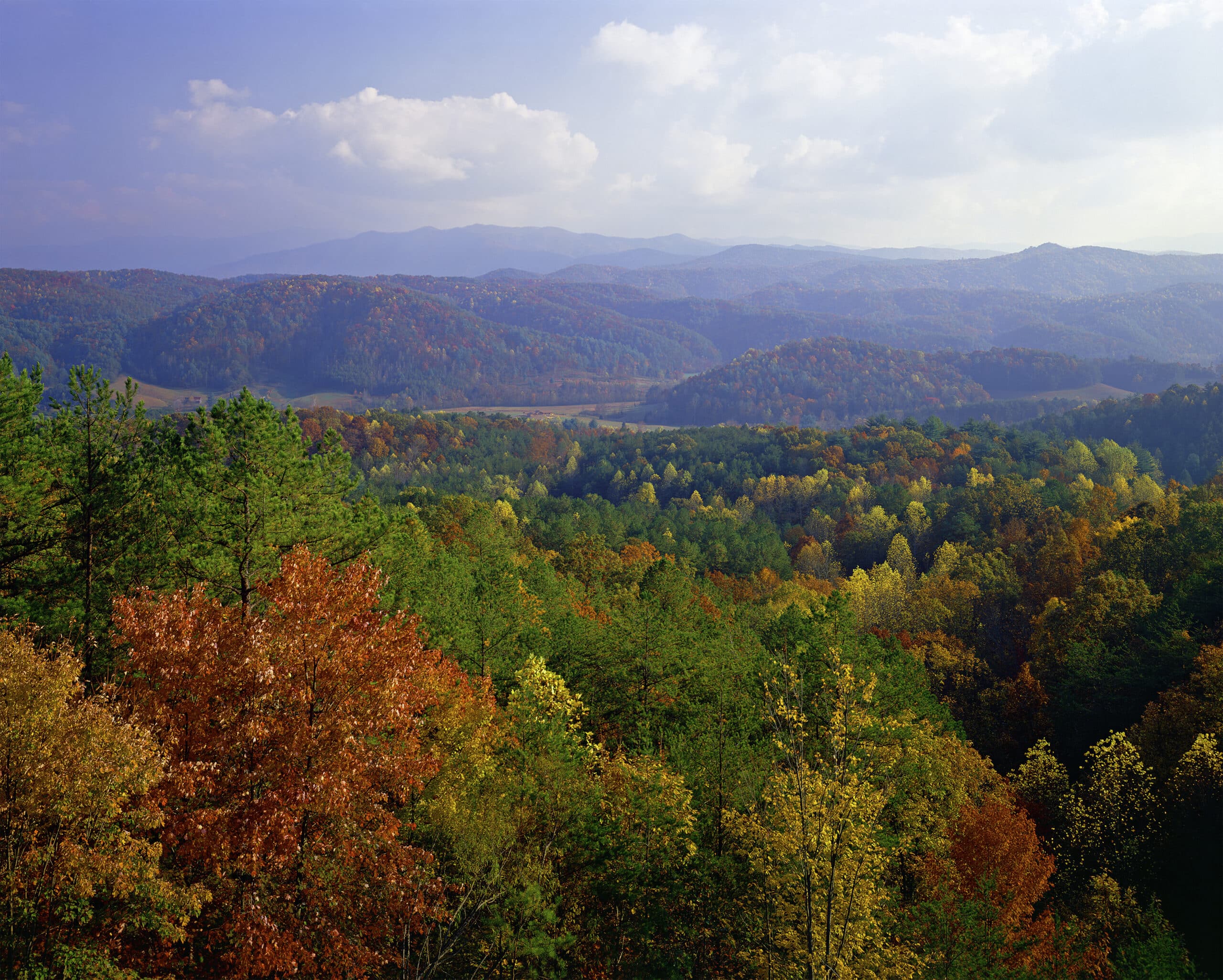
In 2000, Tennessee had approximately 5.3 million residents. In 2022 it’s estimated that number is about 7 million. The growth has been steady during that time, but it has edged up more sharply in the past five years. Tennessee is in the middle of the pack (26th) for population density at 168 people per square mile, but there is a qualifier. Much of the population growth is taking place in urban areas around its largest cities – Memphis, Nashville, Knoxville and Chattanooga. Nashville’s population has caught Memphis’ at just more than 665,000, but the Nashville metropolitan area has grown to nearly 1.8 million people, while Memphis’ is slightly more than 1.3 million. Those two areas account for nearly 45 percent of the state’s entire population.
Three states within a state
East Tennessee is dominated by the Great Smokey Mountains and the range’s various attractions. The state’s middle, where Nashville sits, has more fertile land and rolling hills. While the west, where Memphis is located, is flat with rich soil. Not surprisingly that is the farming hub. The character of each of the three regions also is reflected in its abundance of entertainment options.
Elevated entertainment
The Smokies define the east side, and they house some of the most spectacular views anywhere in North America. Ten million visitors per year can’t be wrong, can they? Knoxville, the home of the University of Tennessee, sits on the western edge of this region. In its north you’ll find Bristol, home of the legendary NASCAR race track. To the south sits Chattanooga, while Gatlinburg is in the heart of the range. Gatlinburg, the self-proclaimed Gateway to the Smokies, includes breathtaking parks, an aquarium, an aerial tram and the glass-bottom Gatlinburg Bridge. Rafting and hiking are prime activities. Nearby Pigeon Forge is home to Dollywood, entertainer Dolly Parton’s renowned amusement park. Chattanooga, which is near the state line shared with Georgia (one of eight states bordering Tennessee), has a treasure trove of activities. Ruby Falls, located in a cavern by Lookout Mountain, is the country’s tallest and deepest underground waterfall that’s open to the public. One can cruise the Tennessee River on the Chattanooga Riverboat Company’s Southern Belle or learn more about the state’s rich railroad history at the Tennessee Valley Railroad Museum. The region also includes the Hunter Museum of American Art, the Tennessee Aquarium, and, of course, the Chattanooga Whiskey Experimental Distillery.
A city fit for a King
What is the second-most visited residence in the United States after the White House? Why it’s Graceland, Elvis Presley’s estate in Memphis, which draws more than a half million visitors per year. Another of Memphis’ top attractions is Sun Records, the launching pad for Elvis’ career. Whether you’re feeling festive or feeling blue, Beale Street – the self-anointed Home of the Blues – is for you. It’s a vibrant collection of food, beverages and music. Memphis also is the home of the former Lorraine Hotel, the site of the assassination of Dr. Martin Luther King Jr. It now houses the National Civil Rights Museum. Sports also play a big role in the region with the NBA’s Grizzlies, the University of Memphis, the International League’s Memphis Redbirds (AAA baseball) and Memphis International Raceway in the mix.
Make your way to Music City
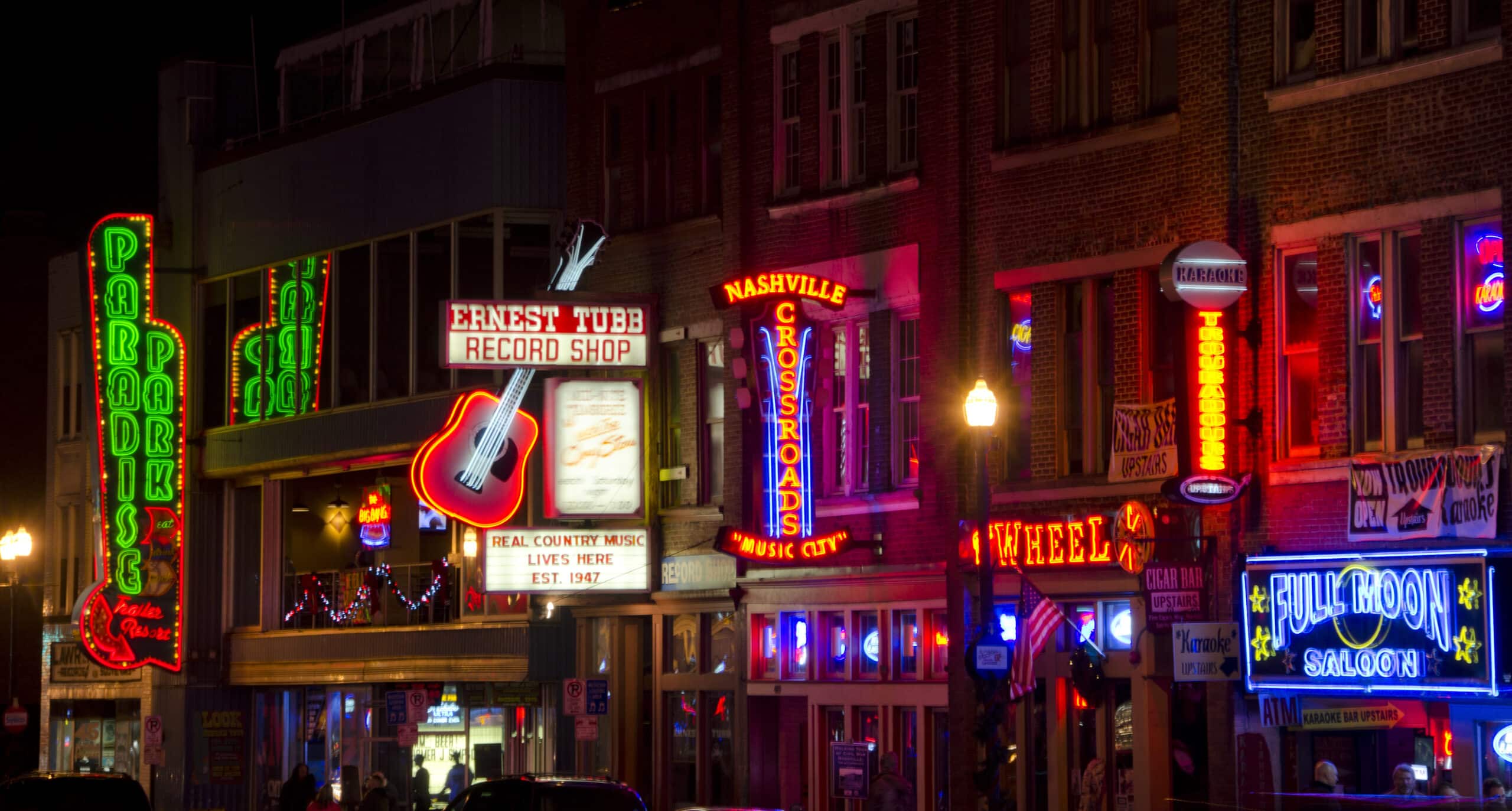
Midway between Memphis and Nashville, is another of Tennessee’s most notable destinations - Loretta Lynn Ranch, a vast, music-infused complex that includes a campground, museum and mansion in the hills of Hurricane Mills.
That will set the tone for Nashville, the Music City itself. The rapidly growing city is home to the Honky Tonk Highway – a substantial collection of live music and drinking establishments on Broadway – and the Grand Ole Opry, which basically IS country music. The Opry, which was based at Ryman Auditorium until 1974, also plays host to the longest-running radio broadcast in U.S. history (since 1925). Members of the Opry are a who’s who of country music history (Hank Williams, Patsy Cline, Loretta Lynn, Barbara Mandrell, Willie Nelson, Dolly Parton, and the Man in Black, Johnny Cash). Cash’s Museum, just off Broadway, also is not to be missed. Ryman, by the way, still remains a prime music venue in a city packed with them.
Nashville also is home to the Country Music Hall of Fame and several historical landmarks, including The Hermitage (home of President Andrew Jackson) and Civil War battlefield of Shiloh. Other notable landmarks included the Belle Meade History Site and Winery, which includes another Old South mansion, the Tennessee State Museum, and the Shelby Bottoms Nature Center and Greenway along the Cumberland River.
Sports and education also play a big role in the middle of Tennessee. Nashville is home to the NFL’s Titans, who have made the playoffs in four of the past five seasons leading up to 2022, and who reached the Super Bowl in 1999. That same year, the NHL’s Predators were born, and the “Hockey Tonk” has been rolling ever since. A 2017 Stanley Cup Finalist, the Predators are on a postseason heater, having made the playoffs eight years in a row and 15 of their first 23. And the city is home to highly acclaimed Vanderbilt University, like Tennessee a member of the Southeast Conference. More AAA baseball lives in Nashville, where the International League’s Sounds take up residence.
Tired of temperature extremes?
Capping it off, Tennessee has a relatively moderate climate. July is the hottest month, with an average high temperature of 88 degrees. January is the coldest month, with the average low sinking to 27 degrees. Given its array of elevations, these vary by which part of the state you move to. Moisture also is not a problem as the state on average receives 53 inches of rain per year, and it falls consistently. All but three months receive at least 4 inches of precipitation, and May typically sees 6. It’s no wonder that more than 50 percent of Tennessee is covered with forests.
With all that Tennessee offers, it isn’t hard to see why so many people are Volunteering to head to the Mid-South.


